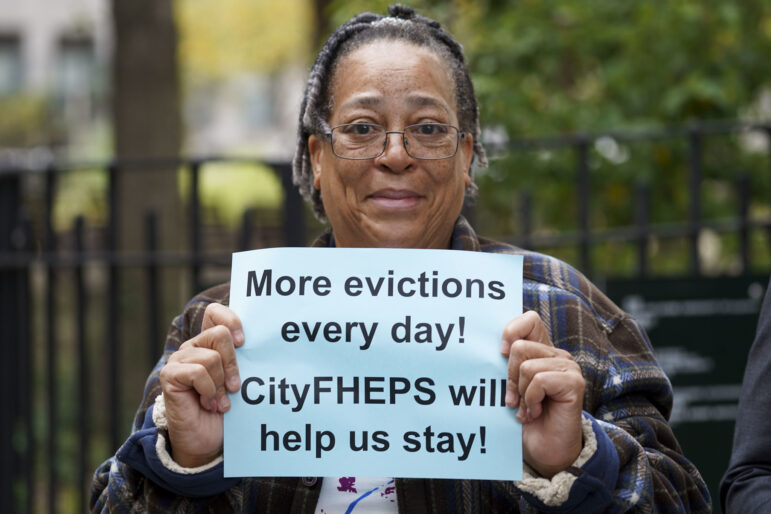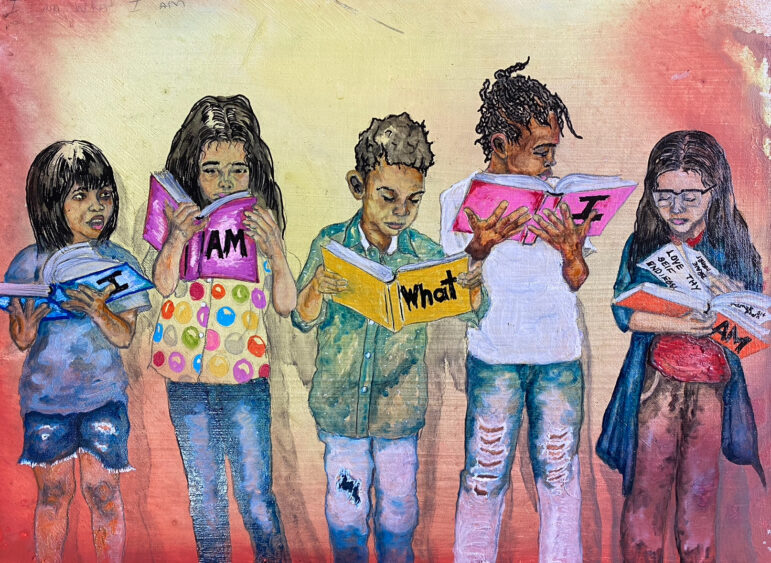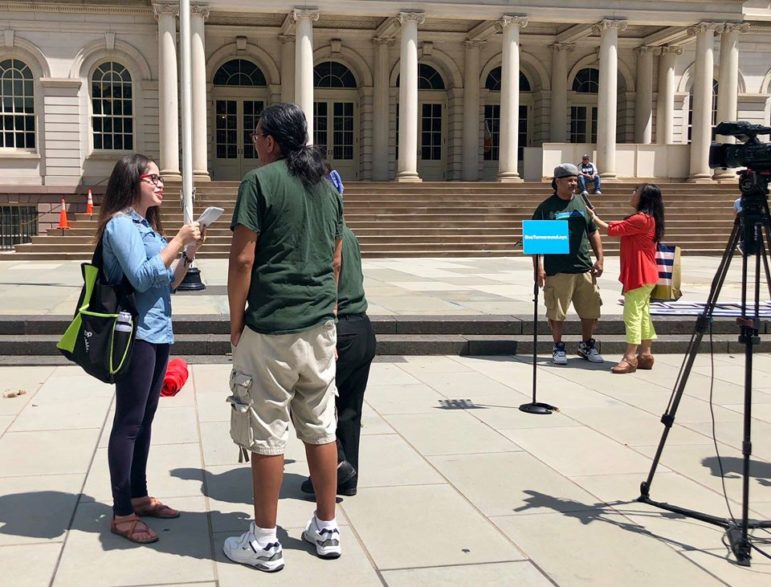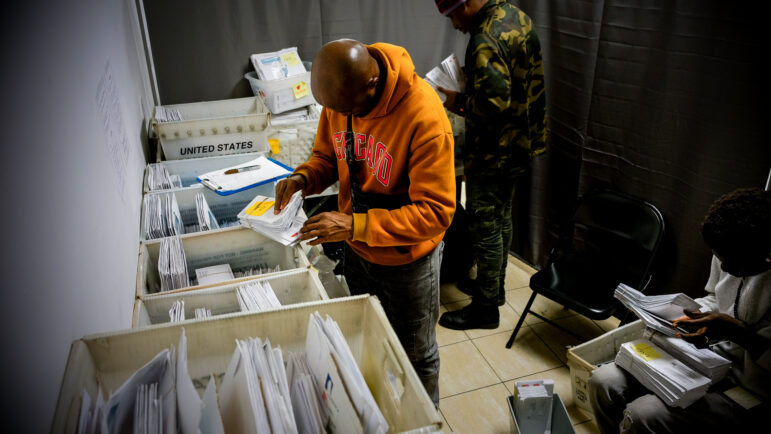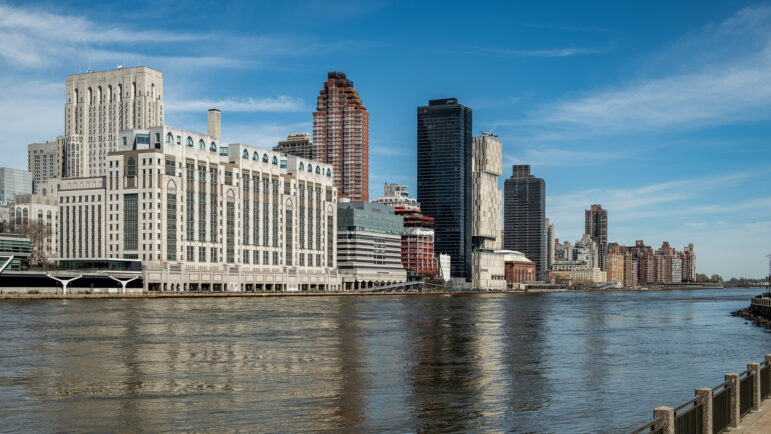New York, New York, it’s a helluva town
The Bronx is up and the Battery’s down
The people they ride in a hole in the ground
- —On the Town, 1947
The ability to ride through holes in the ground is, in fact, what made New York a helluva metropolis. Between 1900 and 1940, New York built the world’s leading mass transit system, its subways and commuter rail lines. Without them, the city’s unique urban density and energy would be unthinkable.
And then the building stopped. Since 1940, the sum total of new subway construction has been the East River Tunnel at 63rd Street. Over the years the Second and Third Avenue elevated trains have been torn down, leaving the city with a subway system that is actually smaller today than it was during World War II.
Since 1940, a few things have changed. Midtown has become the central business district. Population has shifted from the West Side to the East Side of Manhattan; from Manhattan and central Brooklyn to the outer reaches of Queens and Staten Island; and from the city to a now-suburbanized Long Island, Westchester and northern New Jersey. But our mass transit system is still laid out to serve LaGuardia’s New York.
The result is the overcrowded and strained subway system that hundreds of thousands experience every morning–the long and tortuous inter-line transfers, the frustration of Long Island commuters who can only go to Penn Station when they want to be on the East Side, the exasperation of Westchester and Connecticut commuters who have no good way to get to lower Manhattan.
Moving to New Jersey, as one-third of the employees in New York’s high-paying financial, insurance and real-estate sectors have done, offers no relief. Train commuters who want to go to the East Side are shunted to Penn Station just like their Long Island counterparts, and every single passage between New York and New Jersey is saturated: the PATH and New Jersey Transit commuter trains are standing-room-only; the ferries hit delays when they connect with New York City buses; and buses back up bumper-to-bumper coming through the Lincoln Tunnel, even with a dedicated bus lane.
The same is true of all the region’s highways, as desperate commuters resort to driving in territory singularly unsuited for commuting by car.
Surveys perennially show that employers choosing where to locate their businesses are particularly sensitive to travel time for employees. The indisputable inability of New York’s mass transit system to meet the needs of this 21st-century metropolis is an enormous economic and environmental risk. As the last four decades have shown, the alternative to investing in mass transit is suburban sprawl, relocation of jobs to office parks accessible only by car, mind-numbing road congestion that not only plagues drivers and pollutes the environment, but adds measurably to the cost of bringing freight into the region, and an increasingly high-cost, low-density landscape that is an enormous drag on the regional economy.
New York needs a 21st-century mass transit system. That means it needs to provide the additional capacity required to meet current service needs, and it needs to provide direct, speedy connections between the long list of population centers and travel destinations that are currently served poorly or not at all.
This will require construction of three major additions to the region’s mass transit network. The first and most important, the keystone of all else, is a new four-borough subway system, the foundation of which would be a new Second Avenue subway for Manhattan.
As important as a Second Avenue subway would be for Manhattan, its ultimate travel payoff would be in its connections to other boroughs. To serve Brooklyn, the Second Avenue subway should run under the East River, through downtown Brooklyn and Metrotech, to Atlantic Terminal. There, it should take over the Atlantic Branch of the LIRR and run express out to Jamaica Terminal, providing high-speed service for Long Island commuters to lower Manhattan. The final step would be to continue some trains down the Air Train tracks, providing the long-dreamed-of one-seat ride to JFK.
Imagine for a minute what air travel would be like for New Yorkers if they could get to JFK from Grand Central in 25 minutes, from lower Manhattan in 20 and from downtown Brooklyn in 15.
To serve the Bronx, the Second Avenue subway should be continued north and east until it ultimately reaches Co-op City, the Bronx’s largest population concentration.
To serve Queens, the Second Avenue subway should be directly connected to one of the Queens Boulevard lines, providing express service for Queens residents to Manhattan’s East Side, and eliminating the onerous transfers they must now make at 63rd, 59th and 53rd streets.
This system, dubbed MetroLink by the Regional Plan Association (RPA), would provide hundreds of thousands of new ride spaces a day, save city and suburban residents millions of hours weekly in travel time and be a far more pleasant travel experience.
The second major transit update today’s region needs is East Side Access, the name given to the proposal to bring the Long Island Rail Road into Grand Central Terminal. This would make it possible for Long Island commuters to go directly to the East Side instead of being forced to come into Penn Station. That, in turn, would allow for the removal of a number of trains from Penn Station, making room for another improvement: direct MetroNorth service from Westchester to Penn Station for commuters going to the West Side.
Important as East Side Access is, there is one critical precondition for it to work: The Second Avenue subway must be built at the same time. Otherwise, East Side Access will make things better for Long Island commuters only to make things worse for commuters from Manhattan and Westchester by funneling many Long Islanders onto the already hopelessly jammed Lexington Avenue line.
Lastly, the region must build a new transit crossing from New Jersey into Midtown. New York’s economy depends on workers living in New Jersey. If they can’t get here, then employers won’t stay here. It is that simple.
For the New Jersey crossing, the challenge will be to do it right. So far, planning has been largely focused on building a new transit tunnel from New Jersey to Penn Station. That would be a significant improvement, but far from ideal, as it would still leave the majority of New Jersey commuters far from where they wish to go in Midtown Manhattan. Creative design is needed to somehow loop a New Jersey crossing through Midtown in a way that creates direct connections both to Grand Central Terminal and elsewhere in Midtown on the East Side.
_______
The price for these three indispensable additions to the region’s mass-transit net would not be cheap: A realistic estimate is $30 billion. And it would take time. Assuming New York could at least partially overcome the infamous “New York delay syndrome” and build these facilities on a schedule that at least partially approximates international experience, 12 years would be an initial target for construction completion.
There is a tendency when hearing a number like $30 billion to immediately conclude that the project is hopelessly expensive. However, spread over 12 years, $30 billion translates into $2.5 billion a year. That number would then be reduced by 25 percent or so, once the federal share of the cost under current mass transit legislation and some contribution from the Port Authority (for the Manhattan part of a new crossing from New Jersey) were taken into account. That leaves a net cost of less than $2 billion a year, divided between New York and New Jersey. That is still a large number, but a number to be weighed against an annual regional economic output of close to a trillion dollars.
Even more importantly, that number must be weighed against what the region would buy with the money. It would regain billions of dollars worth of travel time, reduce highway congestion (saving more time and lowering freight costs), improve the quality of life for millions of workers, provide a counter force to sprawl pressures and open up new areas for smart growth, transform the logistics of air travel, improve the environment and provide a major stimulus for the construction industry.
Though it is commonplace to argue that the region cannot afford to modernize its transit systems, there is no economic basis for that conclusion. For a trillion-dollar economy, investing less than $2 billion a year in a resource with all these payoffs is an economic no-brainer.
The financial problem is in the administration of the public’s finances, of governmental systems that for decades have been unable to discipline themselves to amass the capital needed for public investment. No one in the private sector would imagine trying to make money without investing money. The same goes for public resources. This region cannot hope to have the future it wants unless it once again invests in it.
In that light, it is worthwhile to reflect a moment on city and state tax cuts–which, according to their respective budget bureaus, total $150 billion since 1995. It is fair to ask whether or not the region would have been better off cutting taxes by $120 billion and using the other $30 billion in tax revenue to modernize the mass-transit network. Would the latter course have produced a better quality of life and more economic benefits? Would it have damaged the credentials of city and state leaders as tax-cutters? If the region wants to get back on the path of long-term growth, it must ask such questions more often.
But what of the many who nevertheless fear the size of the transportation investments the region must make, and have proposed giving priority to this or that smaller project, arguing that it is more realistic and faster? This argument has been most recently heard as a rationale for proposals to bring some version of commuter rail into Lower Manhattan as part of the response to 9/11; for extending the N train to LaGuardia Airport; for extending the No. 7 Flushing Line to Manhattan’s far West Side; and for extending New Jersey Transit’s commuter rail to the outer suburbs of New Jersey. Whatever specific merits of each of these proposals, and they vary considerably, one is reminded of the World War II debate about “Overlord,” the 1944 war-winning invasion of France. The British, exhausted and depleted from bearing the burden of two world wars, drew away from the demands of Overlord and kept looking for an easier way to defeat Nazi Germany. They offered to attack this or that part of Europe’s “soft underbelly.” But as America’s great Army Chief of Staff George Marshall said of all of them, they were sideshows. They would not win the war or gain more strategically than they were likely to cost in resources.
In transportation terms, proposals to make single-purpose additions to the existing subway system are sideshows, too. They might help this or that specific group of riders, they might even be important for long-term development of a particular area, but they will do nothing to change the fundamental problems of an undersized and outdated transit system. Only the threefold program of a four-borough Second Avenue subway system, East Side Access and a new transit crossing from New Jersey will do that.
If New York is to remain a helluva town, it must build for travel more holes in the ground. And soon.
Albert F. Appleton is a senior fellow at the Regional Plan Association, where he is directing RPA’s long-term transportation financing efforts. He is a former Commissioner of the New York City Department of Environmental Protection.


